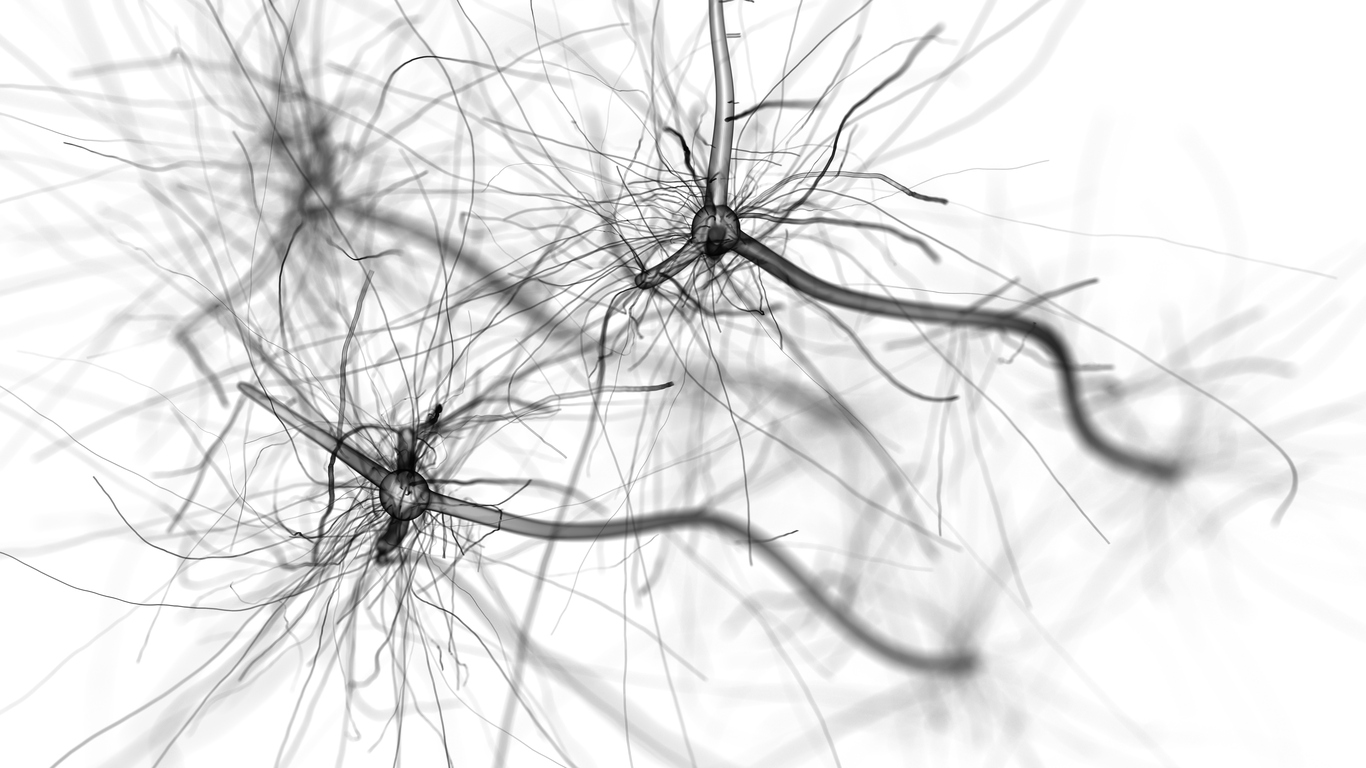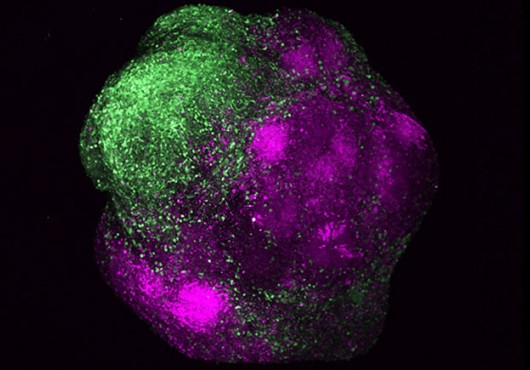
A study led by Harvard Medical School investigators based at Massachusetts General Hospital has identified a critical role for a protein called Klf9 (Kruppel-like factor 9) in the brain’s response to stress.
The findings have implications for protecting against the effects of stress in conditions like major depression and post-traumatic stress disorder (PTSD).
In their paper published in Cell Reports, the team describes finding that blocking the effects of Klf9 before—but not during or after—the induction of stress protected mice from the detrimental effects of stress on brain-cell structures called dendritic spines and on the animals’ subsequent behavior.
“We have identified a stress-responsive transcription factor, Klf9, levels of which in the hippocampus mediate the detrimental effects of chronic stress on neuronal connectivity and fear responses,” said senior study author Amar Sahay, HMS associate professor of psychiatry at Mass General.
“Our colleagues at Columbia University Irving Medical Center, led by Maura Boldrini, also found this factor to be elevated in the hippocampus of women with major depressive disorder who had been exposed to serious stressful events,” Sahay added.
Traumatic, stressful events trigger the release of stress hormones including the steroids called glucocorticoids. Sustained release of glucocorticoids can alter the structure of the hippocampus, the brain structure in which memories are encoded.
These alterations, which have been seen in the brains of individuals with PTSD, have been shown to impair the brain’s processing of stressful memories, potentially generating fearful responses to innocuous stimuli. Among hippocampal alterations are changes in the number and structure of dendritic spines, small protrusions from neurons that receive signals from adjacent cells and transmit them through the neuron.
But little has been known about the stress-responsive transcription factors that regulate dendritic spine remodeling. Previous studies have indicated that acute stress induces Klf9 expression, and the factor is known to be elevated in a hippocampal structure called the dentate gyrus of individuals with major depression.
Treatment Targets
To investigate the potential role of Klf9 in the stress-induced remodeling of dendritic spines and the fear response, the investigators developed a genetically engineered strain of mouse in which Klf9 expression in the hippocampus can be silenced.
While their experiments showed that Klf9 expression was increased in the hippocampus and adjacent structures by acute stress, as induced by physically restraining mice for several hours, that elevation did not continue when stress became chronic after the restraint protocol was repeated for 10 days.
In animals in which Klf9 was not silenced, two stress-induction protocols had different effects on males and females. Daily treatment with the glucocorticoid corticosterone for five weeks altered the fear response in males, leading them to “generalize” fearful memories into situations different from those they had learned to expect an unpleasant sensation, but not in females. The chronic restraint protocol increased fearful responses in females but not in males.
Silencing of Klf9 expression prior to either stress protocol blocked both of those sex-specific responses to chronic stress and prevented the enlargement of dendritic spines that was observed in stress-exposed, Klf9-expressing mice, both males and females. However, Klf9 silencing after the initial, gender-specific stress protocol did not prevent altered fear responses after stress-induction was repeated in either males or females.
Previous studies of hippocampal tissues from patients with major depression had found elevated Klf9 expression but had not investigated the possible impact of sex, depression treatment and recent events.
Boldrini’s Columbia team analyzed tissues from 12 individuals with untreated major depression who had died suddenly—10 by suicide—and had experienced serious, stressful events soon before their deaths. Klf9 expression was increased in the dentate gyrus of women but not men, and how much it was increased depended on the severity of the recent stressful event.
“Although it is known that women are more prone to major depression and PTSD, little is known about the molecular bases of sex differences underlying vulnerability and resilience to stress and stress-related psychopathologies,” Sahay said.
“Our study begins to illuminate the role of Klf9-dependent modulation of neural circuitry as one potential mechanism. A greater understanding of how Klf9 exerts these effects, which we hope to pursue, may identify treatment targets that confer resilience to stress for both women and men,” he added.
Additional study authors include Antoine Besnard, Tomer Langberg, Sally Levinson, Duong Chu, Cinzia Vicidomini, Kimberly Scobie, Andrew Dwork, Victoria Arango, Gorazd Rosoklija, John Mann, René Hen and David Leonardo.
The study was supported by the National Institutes of Health (grants R01MH104175, 1R01MH111729 and MH83862).
Adapted from Mass General news release.





